Inaugural History
College Hill inaugurations date back to 1832, when Rev. George Junkin became Lafayette’s first president—a mere 43 years after the U.S. inaugurated its first leader. Similar to the swearing-in ceremony recently held on the Quad (see Lafayette President Hurd’s inauguration ), the nation’s inaugural ceremonies are grounded in traditions and formalities. But president-elects also introduce updates to reflect that it’s a period of transition, the start of a new era. In the spirit of celebrating new presidents, here’s a quick inauguration history lesson.
 George Washington took the oath of office in New York City on the second-floor balcony of Federal Hall, April 30, 1789. The event was supposed to take place March 4, but Congress needed more time to count the electoral ballots.
George Washington took the oath of office in New York City on the second-floor balcony of Federal Hall, April 30, 1789. The event was supposed to take place March 4, but Congress needed more time to count the electoral ballots.

- 35 words Length of the president’s oath
-
71 words Length of the vice president’s oath

- Thomas Jefferson: First to have an inaugural parade (of sorts). After his second inauguration in 1805, he rode on horseback from the Capitol to the president’s house amid music and spontaneous gatherings, which evolved into today’s tradition of a parade.
- James Madison: First to have an inaugural ball following his 1809 inauguration. Tickets cost $4.
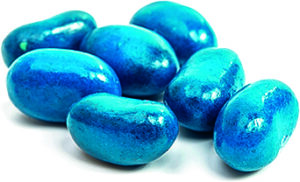 Ronald Reagan: First to inspire a new Jelly Belly flavor. The candy company sent 3.5 tons of red, white, and blue jelly beans to Washington D.C., for inaugural festivities in 1981. The blueberry flavor was created for the occasion.
Ronald Reagan: First to inspire a new Jelly Belly flavor. The candy company sent 3.5 tons of red, white, and blue jelly beans to Washington D.C., for inaugural festivities in 1981. The blueberry flavor was created for the occasion.

- 8,445 words: Longest inauguration speech, delivered by William Henry Harrison on a bitterly cold day in 1841.
- 135 words: Shortest inauguration speech, delivered by Washington at his second inauguration in 1793.

-
Thomas Jefferson gave a copy of his address to the National Intelligencer for it to be published immediately after
the ceremony, a first. -
James Buchanan’s inauguration was the first to be photographed in 1857.
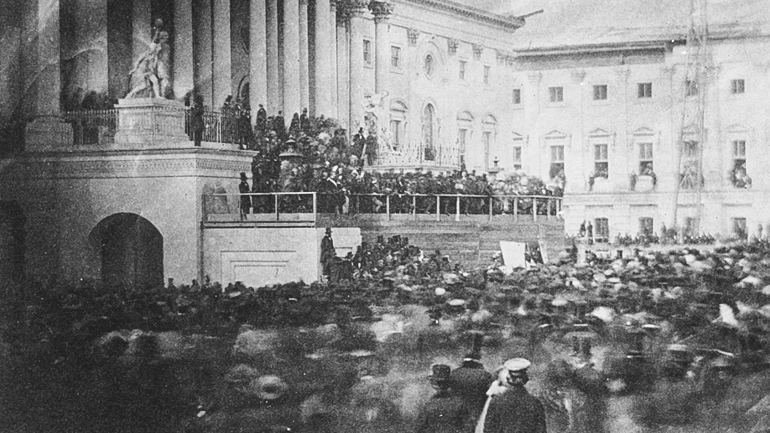
-
William McKinley’s address was the first to be recorded by a motion picture camera in 1897.
-
Calvin Coolidge’s inaugural address was the first to be broadcast on public radio in 1925.
-
Herbert Hoover’s inauguration was the first recorded for a newsreel in 1929.
-
Harry Truman’s inauguration was the first to be televised in 1949.
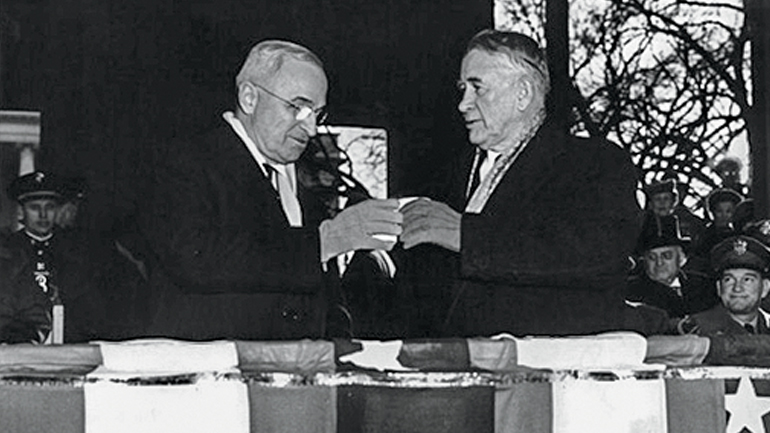
-
Bill Clinton’s second inauguration was the first to be livestreamed in 1997.

-
55˚F Warmest inauguration (Reagan, 1981)
-
7˚F Coldest inauguration (Reagan, 1985)

-
Every item of James Madison’s inaugural outfit in 1809 was made in the United States.
-
Without a hat, coat, or gloves, William Henry Harrison gave his lengthy address on a cold, wet, windy day in 1841. (He died a month later.)
-
For his second inauguration in 1905, Theodore Roosevelt wore one of Abraham Lincoln’s rings.
-
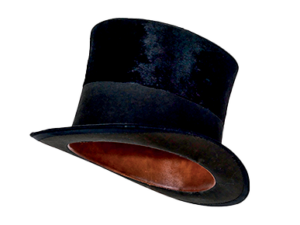 John F. Kennedy was the last president to wear the traditional stovetop hat for inauguration day in 1961.
John F. Kennedy was the last president to wear the traditional stovetop hat for inauguration day in 1961.

-
Washington took the oath of office first in New York City, then in Philadelphia—the only president to take the oath in two former national capitals.
-
Thomas Jefferson was the first American president to be sworn into office in Washington, D.C.
-
Andrew Jackson was the first to be inaugurated on the east portico of the U.S. Capitol.
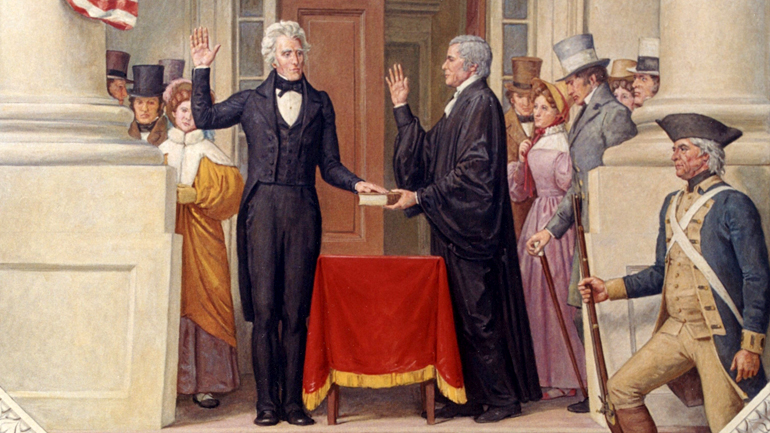
-
For Ronald Reagan’s 1981 inauguration, the ceremony was moved to the west front of the Capitol, setting a tradition held today.

-
Buffalo, N.Y., residence: Theodore Roosevelt (following William McKinley’s death in 1901)
-
Vermont farmhouse: Calvin Coolidge (following Warren Harding’s death in 1923)
-
Air Force One: Lyndon Baines Johnson (following JFK’s death in 1963)
